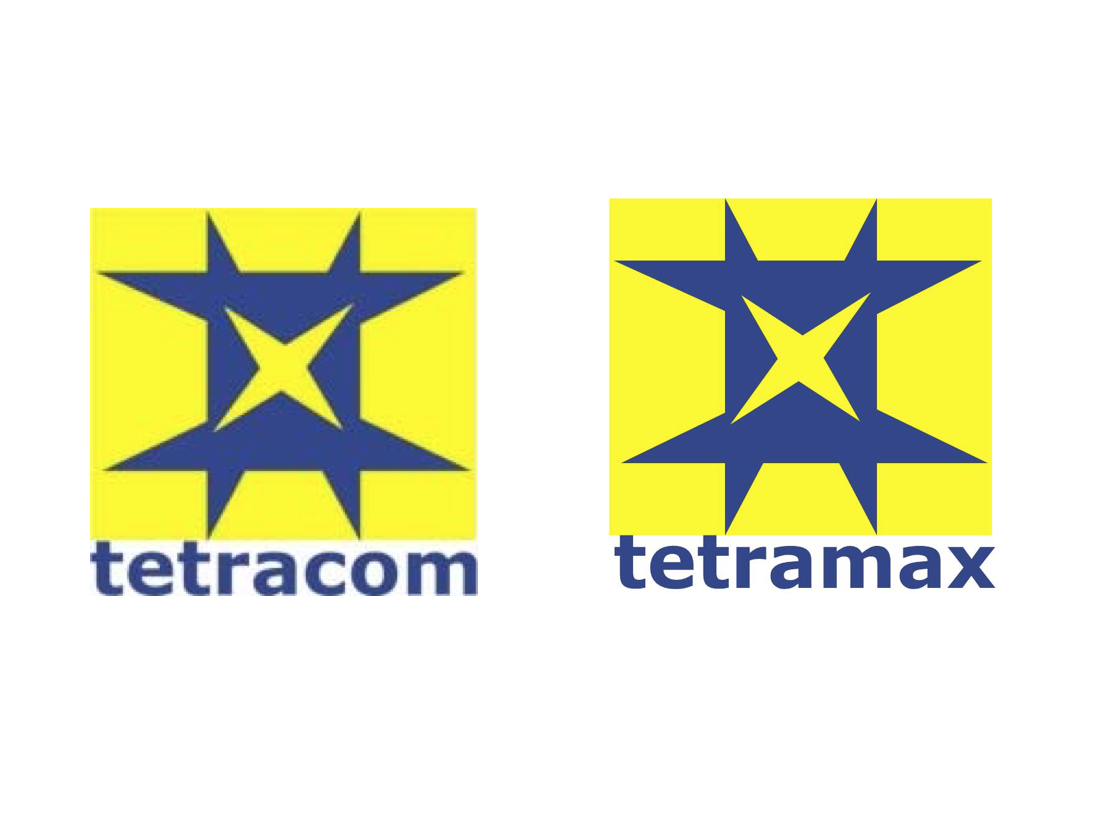The long-term impact of European Technology Transfer in IT: Evidence from the TETRACOM and TETRAMAX projects
There are many rumors but few facts about the economic impact of EU‐funded projects. Academia-to‐industry technology transfer is on the agenda of most projects, but it mostly becomes a reality only after projects have run out and no infrastructure or resources for impact measurement are left. In particular, very few numbers exist about the long‐term impact, i.e. several years after project conclusion. The full journey from a novel research idea to an innovative product may easily take more than 5 years, but this is far beyond the cycle time of typical EU‐funded projects. With the TETRACOM and TETRAMAX project series, a unique opportunity came up to analyze long-term impact based on a comprehensive database of 50 individual Technology Transfer Experiments (TTX) in the domain of embedded ICT. TETRACOM, an FP7 Coordination and Support Action (www.tetracom.eu) co‐funded 50 TTX during 2013‐2016, each one focused on bilaterally transferring a specific piece of hardware or software IP from academic research to industry, with priority on European SMEs. Towards the end of TETRACOM, the total TTX impact had been measured using mostly numerical performance indicators (e.g. products improved, new jobs created, or revenue increase thanks to the TTX) and based on questionnaires filled by the client companies and research institutions. TETRAMAX, an ongoing H2020 Innovation Action (www.tetramax.eu) then took the chance to repeat the same measurements in 2018, thus tracing the TTX impact approx. 2‐4 years after their conclusion, or 3‐5 years after their kickoff, respectively. Some long‐term impact highlights include: * The number of contributions to standards went up by 3.4x * The number of new jobs created went up by 3.5x * The number of open source packages went up by 2.5x * The number of new or improved products went up by 1.4x * The TTX contributed to total cost savings around 2 Mio. EUR and revenue increase of 4 Mio. EUR As a by‐product, a dramatic increase (5.5x) in the number of TTX‐related publications has been observed. All these impact numbers are even only lower bounds, since not all TTX clients were in a position to disclose all indicators due to confidentiality. Furthermore, the recent data only provide a snapshot, as many clients indicated that the technology transfer process is still ongoing internally. Besides enabling enhanced products for many established companies, the TTX so far also helped 10 European startups, while further ones are yet in formation. Last but not least, in total 24 Mio. EUR of venture capital investment so far were at least partially attributed to the TTX. Based on the large data set evaluated for 50 TTX, there are good reasons to assume that the results are representative, at least for the ICT domain. Our conclusions are: * EU‐funded projects with clear technology transfer focus may have significant and tangible economic impact, with a large multiple over the European tax payers´ investment (only 2 Mio. EUR in the case of TETRACOM). * Project impact, obviously at least for a period of several years until saturation, tends to grow over‐proportionally. Thus it seems more useful to capture and analyze impact metrics not primarily during the project runtime or only immediately following its closing, but with more long term and systematic methods.
Countries
Austria, Belgium, Bulgaria, Switzerland, Czechia, Germany, Estonia, Greece, Spain, Finland, France, Croatia, Hungary, Italy, Netherlands, Poland, Sweden, Slovenia, United Kingdom



